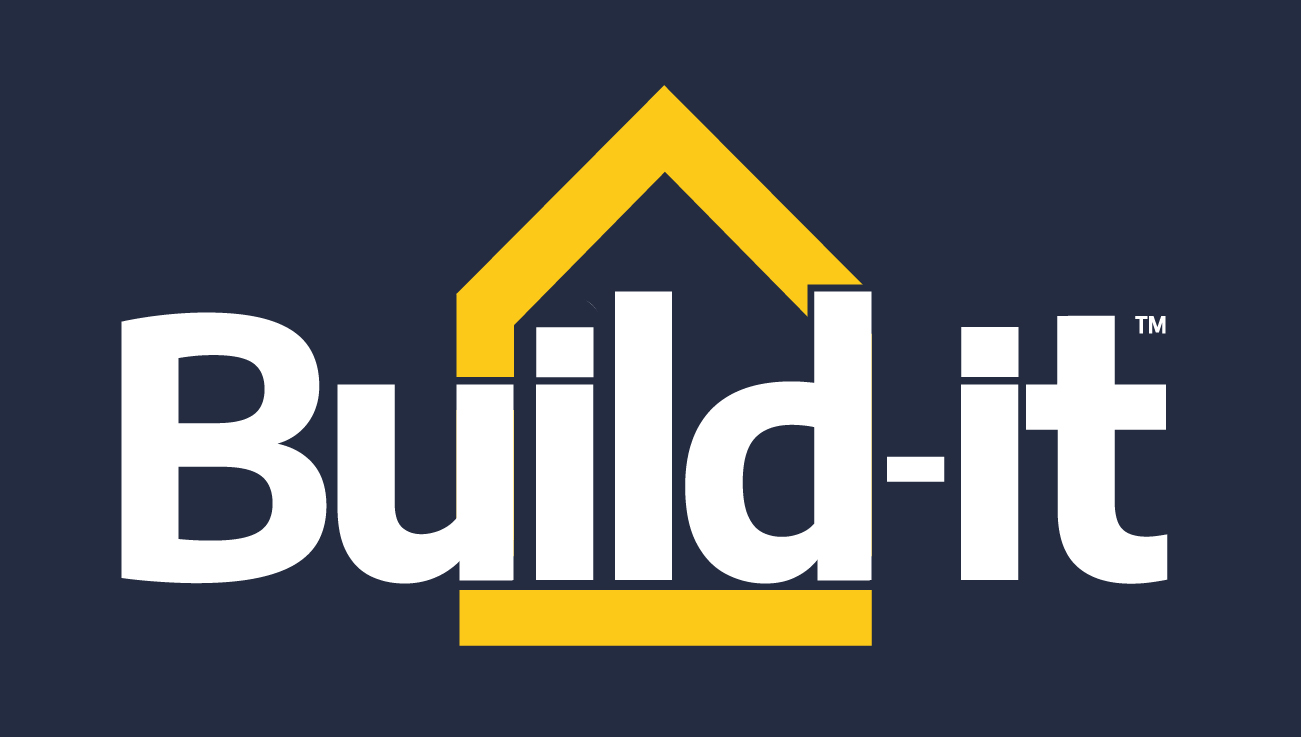Australia’s ‘great construction collapse’ shows no sign of slowing down after almost 1,400 businesses went bust in the second half of 2023.
The latest numbers released this week by the Australian Securities and Investments Commission (ASIC) revealed a whopping 29 per cent more companies folded than in the same period in 2022.
Across the board, rising rates and cost-of-living caused company collapses to surge 37 per cent in December, with construction taking up over a quarter of that tally.
Experts pointed to the same challenges that have plagued the industry since the pandemic, including high demand, labour shortages, and material supply constraints causing higher construction costs and longer build times.
Some also pointed towards the fixed price contracts and the pressure put on companies by the government’s HomeBuilder program, which saw increased funding for builds dramatically raise demand around the country.
An analysis by Russ Stephens, co-founder of the Association of Professional Builders (APB), late last year found that 80 per cent of builders operating in Australia lost money from the start of 2023.
The situation is so bad, in fact, that Australia’s Housing Industry Association (HIA) declared the construction market is facing one of the worst storms since the energy crisis in the mid-1970s.
Homeowners are footing the bill
Among the most famous names to go under are Millbrook Homes in New South Wales, which entered into liquidation owing over $4 million to nearly 80 creditors, and Victorian residential builder Bentley Homes, who left around 50 customers facing unfinished builds.
This week alone has seen a Victorian-based building firm, Montego Homes, fall into voluntary administration – leaving almost 100 homeowners high and dry with half-finished builds.
Customers can lodge a claim if their home is incomplete — including clients who have paid a deposit, but work hasn’t started — or if their home is complete but has defects.
Before Monday, Montego offered house and land packages and had 18 projects underway, along with a “pipeline of future” work.
A tough road ahead
In a recent analysis published in the Australia Construction Industry Databook Series, researchers went so far as to say the industry “faced its toughest conditions in decades”.
“Most affected have been developers who signed fixed-price contracts with buyers before the construction costs skyrocketed,” said the report.
“Developers who sought to increase their volume of homes rapidly during the global pandemic outbreak have also been affected significantly in Australia.”
While the outlook isn’t pretty, the report does predict the sector will still see some small growth over the coming year.
According to the index, the annual growth rate stands at 4 per cent, which is lower than the 4.7 per cent observed at the end of September 2022.
With the slew of collapses leaving subbies out in the cold though, Master Electricians Australia wants state governments to do more.
“This is just the latest in a string of construction companies that have gone bust and, in the process, left subbies unpaid for work already completed, and this must simply come to an end,” said a spokesperson following the collapse of Brisbane-based construction company CPK Constructions last year.
Some state governments are getting the message and are already lending helping hands to builders, including Western Australia’s latest offering of interest-free loans to builders to reignite work on the backlog of unfinished homes.







